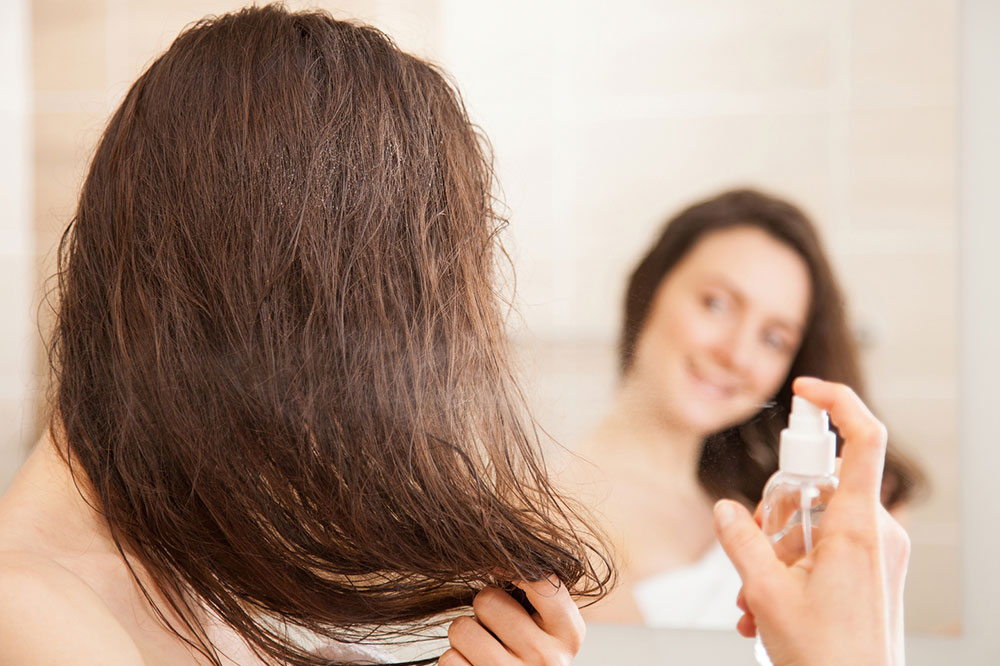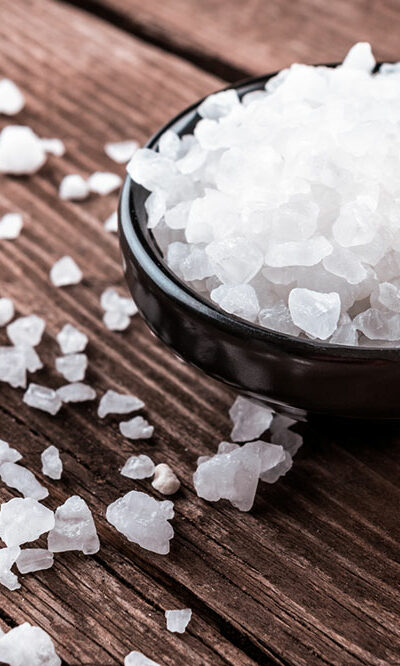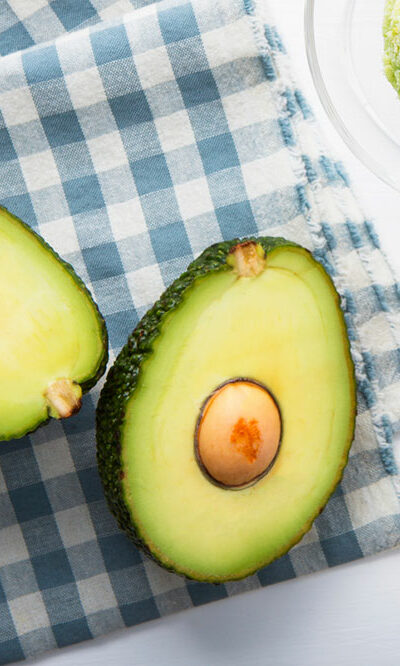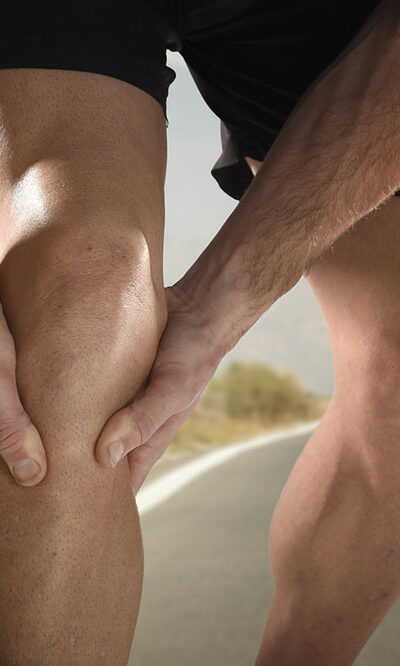7 hair care tips for healthy tresses

Maintaining radiant and healthy hair is a desire many share, but achieving it often requires consistent care and attention. Occasional external care and visits to the salon occasionally can benefit one in the short term, but one also needs to adopt healthy habits to see long-term results. There are numerous ways and hair care tips, as given below, that can help one achieve lustrous and healthy hair, some of which are:
Avoid using heat-based styling tools
Using heat-based tools for styling, like curlers, flat iron, or blow dryers, can cause severe damage to one’s hair, mainly if used too frequently. For styling, one can put on a layer of heat protectant spray first to minimize damage. Air or natural drying after hair wash is ideal.
Brush gently
Aggressively drying out one’s hair after hair wash also leads to breakage and damage and may even lead to hair fall if one has brittle and thinning hair. When one’s hair is wet, one can squeeze out excess water and gently detangle strands to avoid unnecessary tugging and pulling.
Use shower filters
This tool is essential in places that receive hard water. This type of water is heavy with mineral deposits, and it can clog one’s hair follicles and cause breakage or hair fall. One can use a shower filter to remove the minerals and chemicals from the water to avoid this.
Trim regularly
Trimming one’s hair every few months can help strengthen the ends and avoid split ends, which are the leading cause of breakage and lack of growth.
Use the right shampoo and conditioner
Most shampoos in the market are loaded with chemicals like sulfate that strip one’s hair of natural oil. So it’s best to opt for natural shampoos that consider one’s hair problems like frizzy, dry, or thinning.
Eat nutritious food
Nutritious meals that include fish, leafy greens, nuts, fruits, and vegetables are essential nutrients that promote hair growth and strengthen the strands. Eating a nutrient-dense breakfast can be beneficial since it will give one’s body the necessary energy to form hair cells, usually the lowest during the mornings.
Maintain vitamin and mineral levels
Vitamin D, C, and iron are vital for hair growth and follicle strength. To sustain these levels, one can consume meals high in these nutrients and take daily sun baths. Additionally, it is advisable to get one’s vitamin levels examined and, if they are below average, to consult a specialist.







